For centuries, Moscow has captivated the imagination. It stands as an unparalleled canvas of architectural artistry. A true paradise for design enthusiasts, Moscow architecture tells the city’s story through its brick, stone, and steel. From the ancient, formidable walls of the Kremlin to the soaring, ornate Stalinist skyscrapers and the bold lines of modern design, every epoch has left an indelible mark. This creates a cityscape that is both grand and endlessly fascinating. Indeed, exploring Moscow’s architectural styles is like walking through a living museum. Each building whispers tales of tsars, revolutions, and audacious visions.
Medieval Moscow: Foundations of Grandeur
The architectural journey of Moscow begins within the red brick walls of the Kremlin. This is the historical heart of the city. Originally a wooden fortress, it transformed over centuries into a formidable stone citadel. It embodies the strength and spiritual power of the Russian state. Within its confines lie some of Moscow’s oldest structures. These are primarily the cathedrals of Cathedral Square.
The Dormition Cathedral, with its gleaming golden domes, served as the principal church of Russia. Tsars were crowned here, and patriarchs enthroned. Its austere yet majestic Byzantine-inspired design is attributed to Italian architect Aristotele Fioravanti. This design set a precedent for Russian ecclesiastical architecture.
Adjacent to it, the Archangel Cathedral houses the tombs of Russian rulers. These range from Ivan Kalita to Peter the Great’s predecessors. Its intricate white stone carvings and more Italianate Renaissance elements hint at growing Western European influences. Furthermore, the Annunciation Cathedral was once the private chapel of the Grand Princes and Tsars. It showcases exquisite frescoes and nine gilded domes, symbolizing divine omnipresence. These early structures laid the groundwork for understanding distinctive features. These features would define Russian building heritage for centuries. They include onion domes, tent roofs, and rich decorative elements. These often drew from Byzantine and later, Italian Renaissance influences.
Imperial Splendor: Moscow’s Architectural Styles Evolve
As Russia entered its imperial phase, Moscow absorbed new European trends. The 18th century saw the arrival of Russian Baroque. The magnificent Menshikov Tower (Church of Archangel Gabriel) exemplifies this. Its multi-tiered, slender silhouette, crowned with a spire, was a bold departure. It showcased the era’s taste for theatricality and elaborate ornamentation. This period also brought forth numerous aristocratic estates. They often revealed elegant palaces behind high walls.
Neoclassicism and Moscow’s Rebirth
The 19th century ushered in the reign of Neoclassicism. This style favored symmetry, grandeur, and classical motifs. It reflected the aspirations of an empire. Architects like Osip Bove and Domenico Gilardi played pivotal roles in rebuilding Moscow after the fire of 1812. The Bolshoi Theatre, with its iconic eight-column portico, is a prime example of this period’s majestic public architecture. Similarly, the Moscow Manege and the vast ensemble of the Moscow State University on Mokhovaya Street embody classical ideals of order and monumentality. Throughout this era, a shift towards grand, public-facing structures reinforced Moscow’s image. It remained a city of imperial significance, even without being the capital. As a result, the city became adorned with impressive buildings that still dominate its central districts.
Eclecticism and Art Nouveau Charms
Late 19th and early 20th centuries witnessed the flourishing of Eclecticism and Art Nouveau. Eclecticism borrowed elements from various historical styles. This led to picturesque and richly decorated buildings. The State Historical Museum on Red Square, for instance, consciously evoked ancient Russian architecture. Art Nouveau, on the other hand, introduced fluid lines, organic forms, and decorative ironwork. The Ryabushinsky Mansion, designed by Fyodor Schechtel, stands as a masterpiece of Russian Art Nouveau. It features swirling staircases and unique stained glass. These styles added whimsical beauty and individual expression to Moscow’s diverse urban fabric. They demonstrated a clear departure from rigid classical norms.
The Soviet Epoch: Transformative Moscow Architecture
The 20th century brought revolutionary changes. These profoundly impacted Moscow architecture. The early Soviet years saw the rise of Constructivism. This radical movement sought to create functional, utilitarian buildings. They reflected the ideals of the new socialist state. Characterized by geometric forms, exposed concrete, and innovative use of glass, Constructivist buildings served collective purposes. Examples include the Rusakov Workers’ Club by Konstantin Melnikov, with its five protruding auditoriums. Another is the Narkomfin Building, a communal dwelling designed by Moisei Ginzburg. This building experimented with new ways of living. These structures were not merely buildings; they were social experiments. They aimed to forge a new way of life for the Soviet citizen. They represent a fascinating, albeit brief, period of avant-garde design.
Stalinist Empire Style: Imposing Landmarks
However, the avant-garde era was short-lived. By the mid-1930s, the dominant style became Stalinist Empire, or Socialist Classicism. This was a monumental and highly decorative style. It sought to embody the power and grandeur of the Soviet Union. This grand style often drew heavily on classical Roman and Baroque elements. But it applied them on an unprecedented scale. The most iconic examples are the Seven Sisters. This group of skyscrapers is often referred to as “Stalin’s Wedding Cakes.” These magnificent towers, including the Moscow State University main building, the Hotel Ukraina, and the Ministry of Foreign Affairs, redefine Moscow’s skyline. They combine traditional Russian decorative motifs with imposing classical columns and towering spires. They project an image of unwavering strength and ideological triumph. Therefore, if you are drawn to colossal, ornate structures, the Stalinist Empire style will undoubtedly impress.
Moscow Metro: Underground Architectural Wonders
The Moscow Metro stations, built largely during the Stalinist era, are equally impressive. They are considered underground palaces. Each station is a unique work of art. They are adorned with marble, mosaics, sculptures, and chandeliers. This reflects the Soviet ideal of making art accessible to the masses. They are a testament to the regime’s ambition. They aimed to create a “bright future” for its citizens, even in subterranean spaces. Thus, exploring the metro system offers an immersive journey through this powerful architectural period. It showcases remarkable examples of Moscow building heritage.
Post-Soviet and Contemporary Transformations in Moscow
After the collapse of the Soviet Union, Moscow’s architectural landscape continued its rapid evolution. The initial post-Soviet period saw a surge in new developments. These were often flamboyant and sometimes controversial. The city embraced market economics. This era brought a mix of styles. These ranged from pastiche historical designs to more overtly modern glass and steel structures. The Cathedral of Christ the Savior, controversially rebuilt to its original 19th-century design, symbolizes this return to historical and religious roots.
The early 21st century has been marked by an ambitious drive towards modern urban development. There is a focus on high-rise commercial and residential buildings. The Moscow International Business Center, or Moscow-City, epitomizes this trend. With its cluster of gleaming skyscrapers, some among the tallest in Europe, Moscow-City represents the city’s aspirations. It aims to be a global financial hub. These structures, like the Federation Tower and Mercury City Tower, are bold statements of contemporary design. They utilize advanced materials and innovative engineering. While starkly different from the city’s historic core, they offer a glimpse into Moscow’s future. They showcase a relentless drive towards modernity and a powerful global presence. This ongoing transformation ensures that Moscow architecture remains dynamic and diverse. It continually adds new layers to its already rich tapestry.
Beyond the major stylistic periods, Moscow is also home to countless hidden gems. These include lesser-known architectural wonders. From the charming wooden houses of old Arbat to the intricate details of a forgotten mansion, discovery awaits. Strolling through Moscow’s neighborhoods reveals a fascinating interplay of styles. A Baroque church might stand next to a Constructivist block. A Stalinist high-rise could overlook a contemporary art gallery. Consequently, every street corner offers a new perspective on the city’s layered past.
A City of Layers and Legends: Iconic Moscow Buildings
In conclusion, for architecture lovers, Moscow offers an unparalleled journey. It moves through time and artistic expression. Its buildings are more than mere structures. They are monuments to history, ideology, and human ingenuity. From the fortified grandeur of the Kremlin to the visionary audacity of Constructivism, the imposing might of Stalinist classicism, and the sleek ambition of contemporary skyscrapers, Moscow architecture tells a story of constant reinvention. Each building, each style, contributes to a rich, complex narrative. It invites visitors to delve deeper into the layers of a city that has always dared to dream big. Furthermore, its unique blend of East and West, ancient and modern, ensures that Moscow remains a captivating destination. This is true for anyone with an eye for design and a passion for history. This ever-evolving urban landscape truly provides endless opportunities for exploration and discovery of Moscow’s architectural wonders.

 Moscow for Architecture Lovers: Styles and Icons">
Moscow for Architecture Lovers: Styles and Icons">

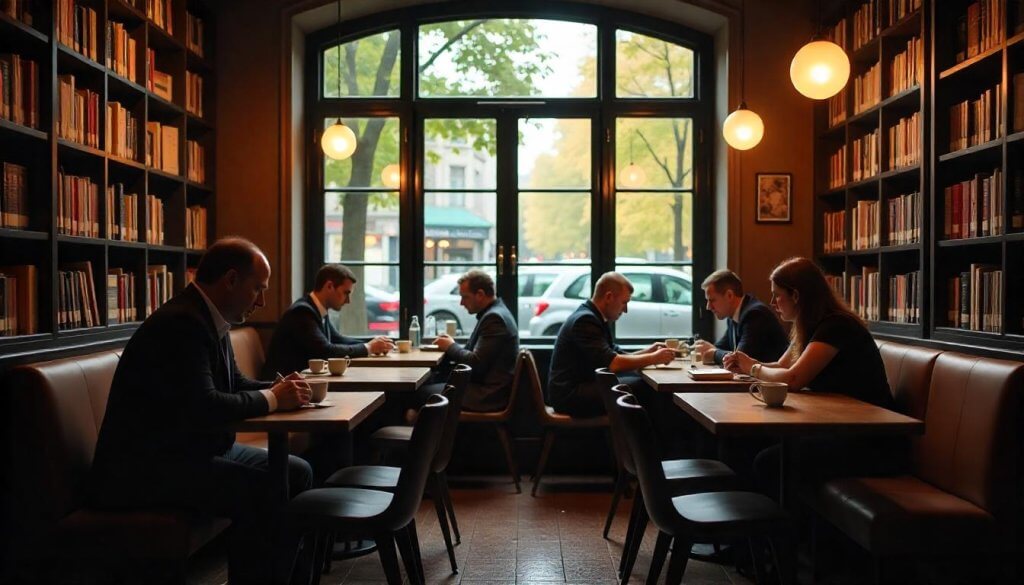 How to Plan a Rainy Day in Moscow">
How to Plan a Rainy Day in Moscow">
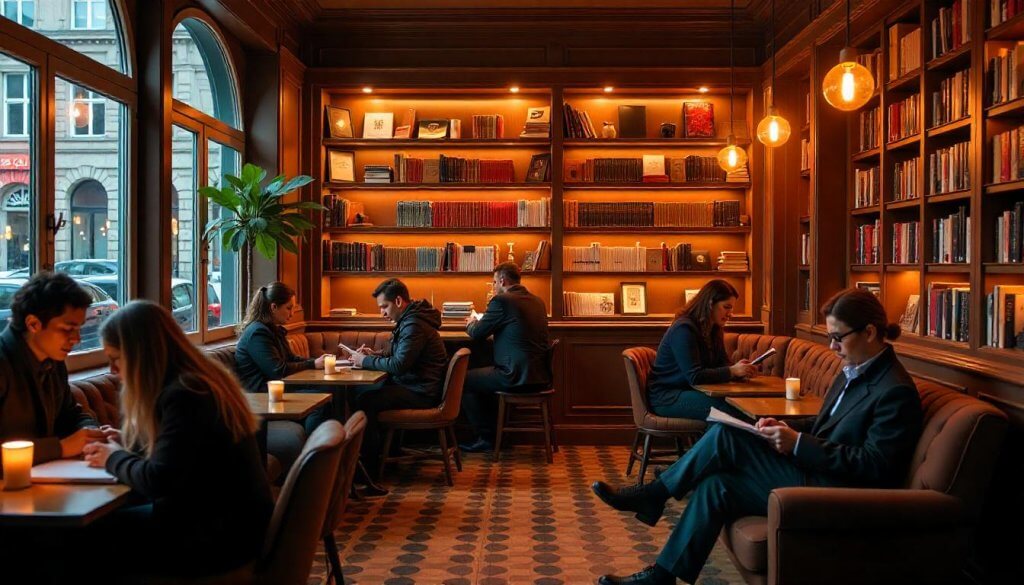 Moscow’s Literary Cafés and Bookstores">
Moscow’s Literary Cafés and Bookstores">
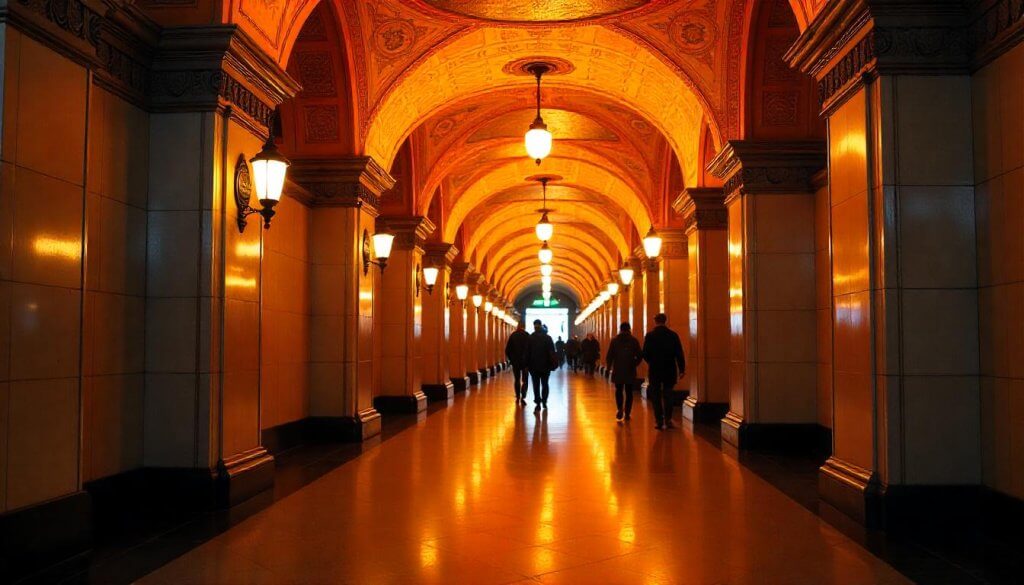 Exploring Moscow’s Underground: Metro Stations and Bunkers">
Exploring Moscow’s Underground: Metro Stations and Bunkers">
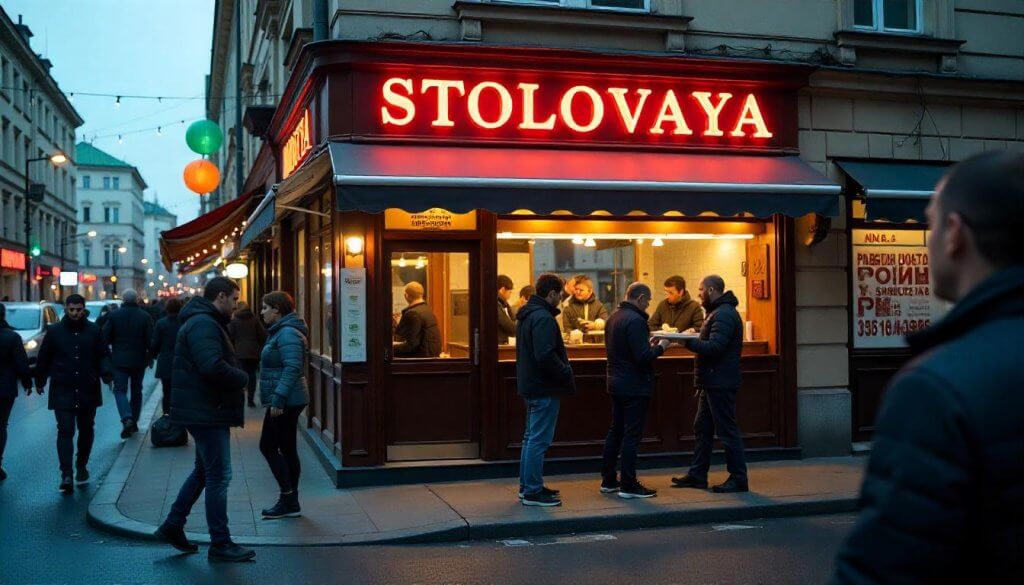 Tips for Visiting Moscow on a Budget">
Tips for Visiting Moscow on a Budget">
 Unique Guided Tours in Moscow: From Street Art to Food Walks">
Unique Guided Tours in Moscow: From Street Art to Food Walks">
 Exploring Moscow’s Religious Landmarks and Spiritual Sites in 2025">
Exploring Moscow’s Religious Landmarks and Spiritual Sites in 2025">
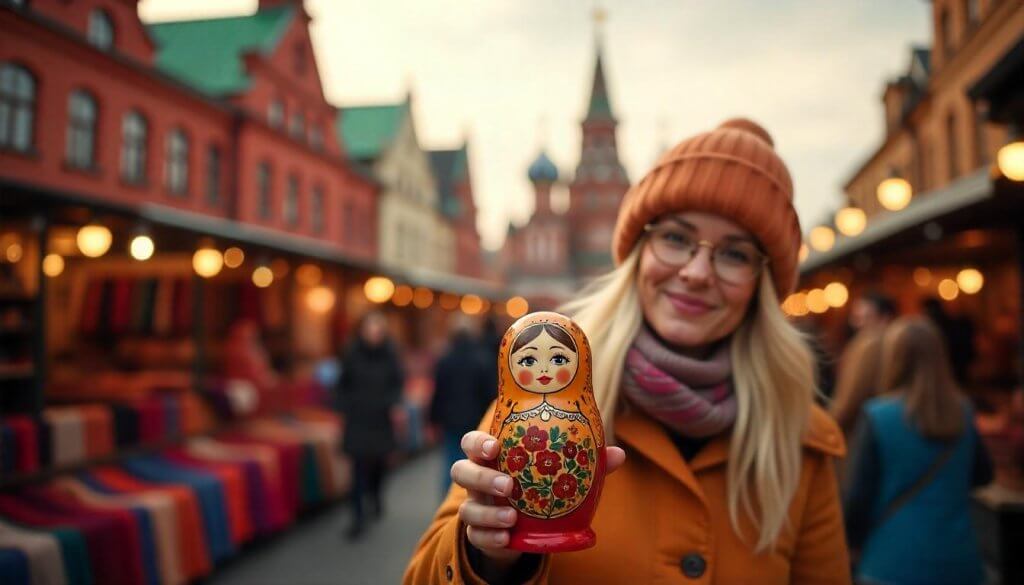 Moscow’s Most Instagrammable Locations in 2025">
Moscow’s Most Instagrammable Locations in 2025">
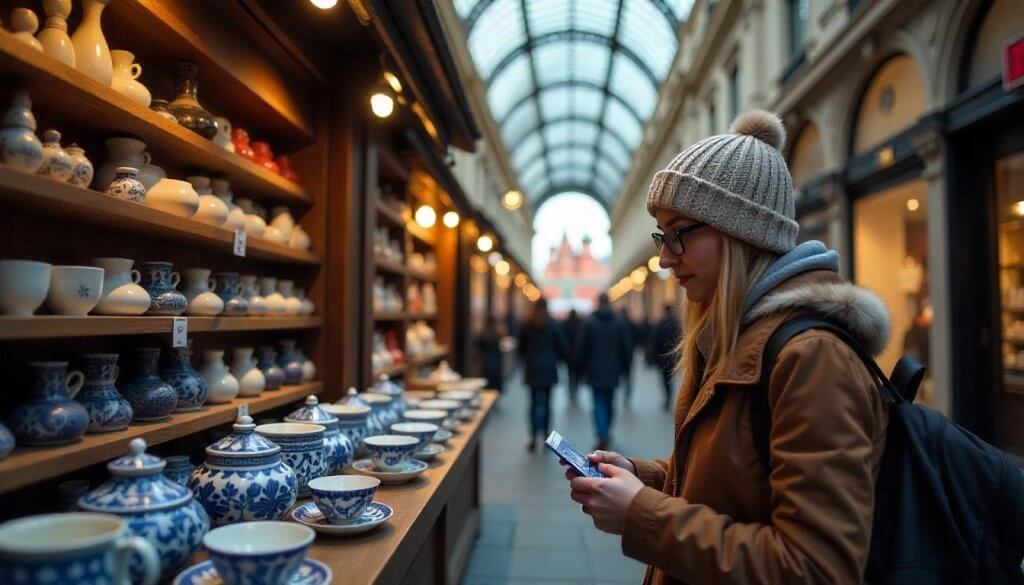 The Best Souvenirs to Bring Home from Moscow in 2025">
The Best Souvenirs to Bring Home from Moscow in 2025">
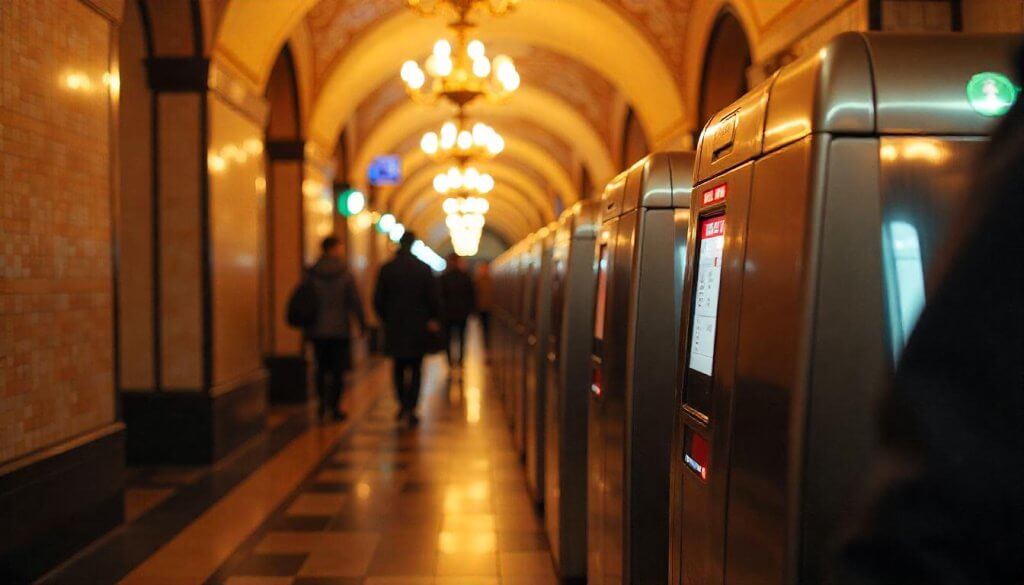 How to Use Public Transport in Moscow Like a Pro in 2025">
How to Use Public Transport in Moscow Like a Pro in 2025">
 Moscow’s Best Panoramic Views and Rooftop Spots in 2025">
Moscow’s Best Panoramic Views and Rooftop Spots in 2025">